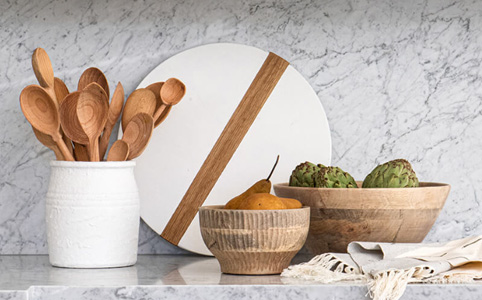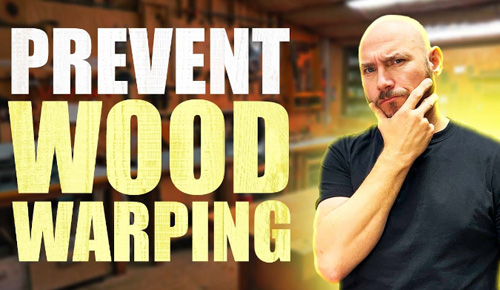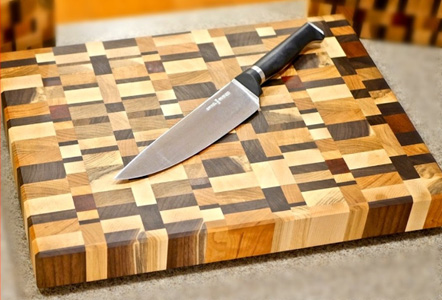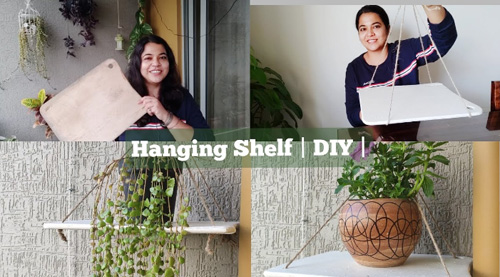How To Package A Cutting Board?10 Easy Step
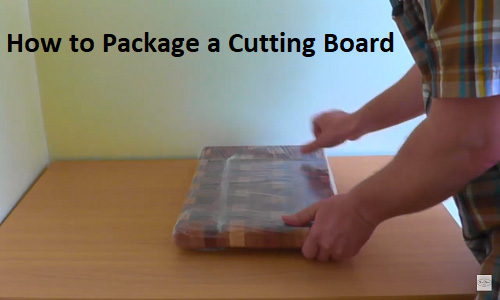
Whether you’re a seasoned woodworker crafting exquisite cutting boards for sale or simply looking to send a cherished cutting board to a loved one, one thing is certain – proper packaging is the key to ensuring its safe arrival. A beautifully crafted cutting board not only embodies the artistry and skill that went into its creation but also holds sentimental value for both the maker and the recipient. Safeguarding this culinary masterpiece during transit is essential to preserve its pristine condition and make an unforgettable impression.
In this comprehensive guide, we unveil the secrets to mastering the art of how to package a cutting board. From selecting the right materials to ensuring a snug fit, we’ll walk you through step-by-step instructions that guarantee your cutting board arrives unscathed and ready to dazzle its new owner.
How To Package A Cutting Board Step-by-Step Process?
Packaging a cutting board properly is essential to ensure its safe transportation and delivery without any damage. Whether you’re sending it as a gift or moving to a new home, following a step-by-step process will help keep the cutting board secure during transit. Let’s walk through the process:
Step 1: Gather the necessary materials Before you begin, gather all the materials required for packaging the cutting board. You will need:
- Bubble wrap or foam sheets
- Packing tape
- Cardboard box (large enough to accommodate the cutting board)
- Styrofoam or packing peanuts (optional, for extra protection)
- Scissors or a box cutter
Step 2: Clean and dry the cutting board Ensure the cutting board is clean and completely dry before packaging. Any moisture on the board could lead to damage during transportation or promote mold growth if stored for an extended period.
Step 3: Wrap the cutting board with bubble wrap or foam sheets Start by wrapping the cutting board with bubble wrap or foam sheets. This layer will provide a cushioning effect and protect the board from scratches and minor impacts. Use enough wrap to cover the entire surface of the cutting board securely.
Step 4: Secure the bubble wrap with packing tape Once the cutting board is wrapped, use packing tape to secure the bubble wrap in place. Ensure all edges and corners are well-taped to prevent it from unraveling during transit.
Step 5: Add extra protection (optional) If you want to add an extra layer of protection, you can place the wrapped cutting board inside a large plastic bag and fill the gaps with Styrofoam or packing peanuts. This will provide additional padding and prevent any movement inside the box.
Step 6: Prepare the cardboard box Choose a sturdy cardboard box that is slightly larger than the cutting board, allowing space for additional padding. Reinforce the bottom of the box with packing tape to ensure it can handle the weight of the cutting board.
Step 7: Place the cutting board inside the box Carefully place the wrapped cutting board inside the cardboard box. Ensure it fits snugly but not too tight, leaving some space for extra padding on all sides.
Step 8: Fill the gaps with packing material Fill any empty spaces inside the box with packing peanuts or crumpled newspaper to prevent the cutting board from moving during transit. This will further protect it from potential damage.
Step 9: Seal the box securely Once the cutting board is inside the box, close the flaps and seal it with packing tape. Run the tape along all the seams to ensure the box remains closed and secure during handling.
Step 10: Label the package (if needed) If you’re sending the cutting board to someone, make sure to label the package correctly with the recipient’s address and your return address.
Now, your cutting board is securely packaged and ready to be shipped or transported. Whether it’s for a friend, a family member, or your own personal move, following these steps will give you peace of mind that your cutting board will arrive at its destination in perfect condition.
Are you in a hurry? Please look at the video:
Creative Packaging Ideas for Cutting Boards
Here are 12 Creative Packaging Ideas for Cutting Boards:
1. Eco-Friendly Packaging
Consider using eco-friendly materials like recycled cardboard or biodegradable wraps. This appeals to environmentally conscious consumers and reflects your commitment to sustainability.
2. Minimalistic Elegance
Sometimes, less is more. A simple, clean design with your logo can convey sophistication and professionalism.
3. Customizable Wrappings
Offer customers the option to personalize their packaging with names, dates, or special messages. This adds a personal touch to your product.
4. Artistic Design Elements
Incorporate artistic elements related to food, cooking, or kitchen themes. This adds visual appeal and makes your cutting board packaging memorable.
5. Incorporating Utility
Create packaging that serves a dual purpose, such as a cutting board box that can be repurposed as a serving tray. This enhances the product’s value.
6. Interactive Packaging
Engage customers with interactive packaging. For example, include a QR code that leads to cooking tips or a recipe book related to the cutting board.
7. Seasonal Themes
Change your packaging design to align with seasons or holidays. This keeps your product fresh and relevant throughout the year.
8. Branding and Personalization
Your packaging should reflect your brand’s identity. Consistent branding across all products creates brand recognition.
9. Storytelling through Packaging
Tell your brand’s story or the craftsmanship behind your cutting boards through the packaging. Customers love to connect with the products they buy.
10. Sustainable Materials
Invest in sustainable packaging materials that echo the quality and eco-friendliness of your cutting boards.
11. Cost-Effective Solutions
Creativity doesn’t always have to come with a high price tag. Explore cost-effective packaging options that maintain quality.
12. Consumer Convenience
Make sure your packaging is easy to open and reseal. Convenience matters to busy consumers.
1. Eco-Friendly Packaging
Consider using eco-friendly materials like recycled cardboard or biodegradable wraps. This appeals to environmentally conscious consumers and reflects your commitment to sustainability.
2. Minimalistic Elegance
Sometimes, less is more. A simple, clean design with your logo can convey sophistication and professionalism.
3. Customizable Wrappings
Offer customers the option to personalize their packaging with names, dates, or special messages. This adds a personal touch to your product.
4. Artistic Design Elements
Incorporate artistic elements related to food, cooking, or kitchen themes. This adds visual appeal and makes your cutting board packaging memorable.
5. Incorporating Utility
Create packaging that serves a dual purpose, such as a cutting board box that can be repurposed as a serving tray. This enhances the product’s value.
6. Interactive Packaging
Engage customers with interactive packaging. For example, include a QR code that leads to cooking tips or a recipe book related to the cutting board.
7. Seasonal Themes
Change your packaging design to align with seasons or holidays. This keeps your product fresh and relevant throughout the year.
8. Branding and Personalization
Your packaging should reflect your brand’s identity. Consistent branding across all products creates brand recognition.
9. Storytelling through Packaging
Tell your brand’s story or the craftsmanship behind your cutting boards through the packaging. Customers love to connect with the products they buy.
10. Sustainable Materials
Invest in sustainable packaging materials that echo the quality and eco-friendliness of your cutting boards.
11. Cost-Effective Solutions
Creativity doesn’t always have to come with a high price tag. Explore cost-effective packaging options that maintain quality.
12. Consumer Convenience
Make sure your packaging is easy to open and reseal. Convenience matters to busy consumers.
How do you package a chopping board?
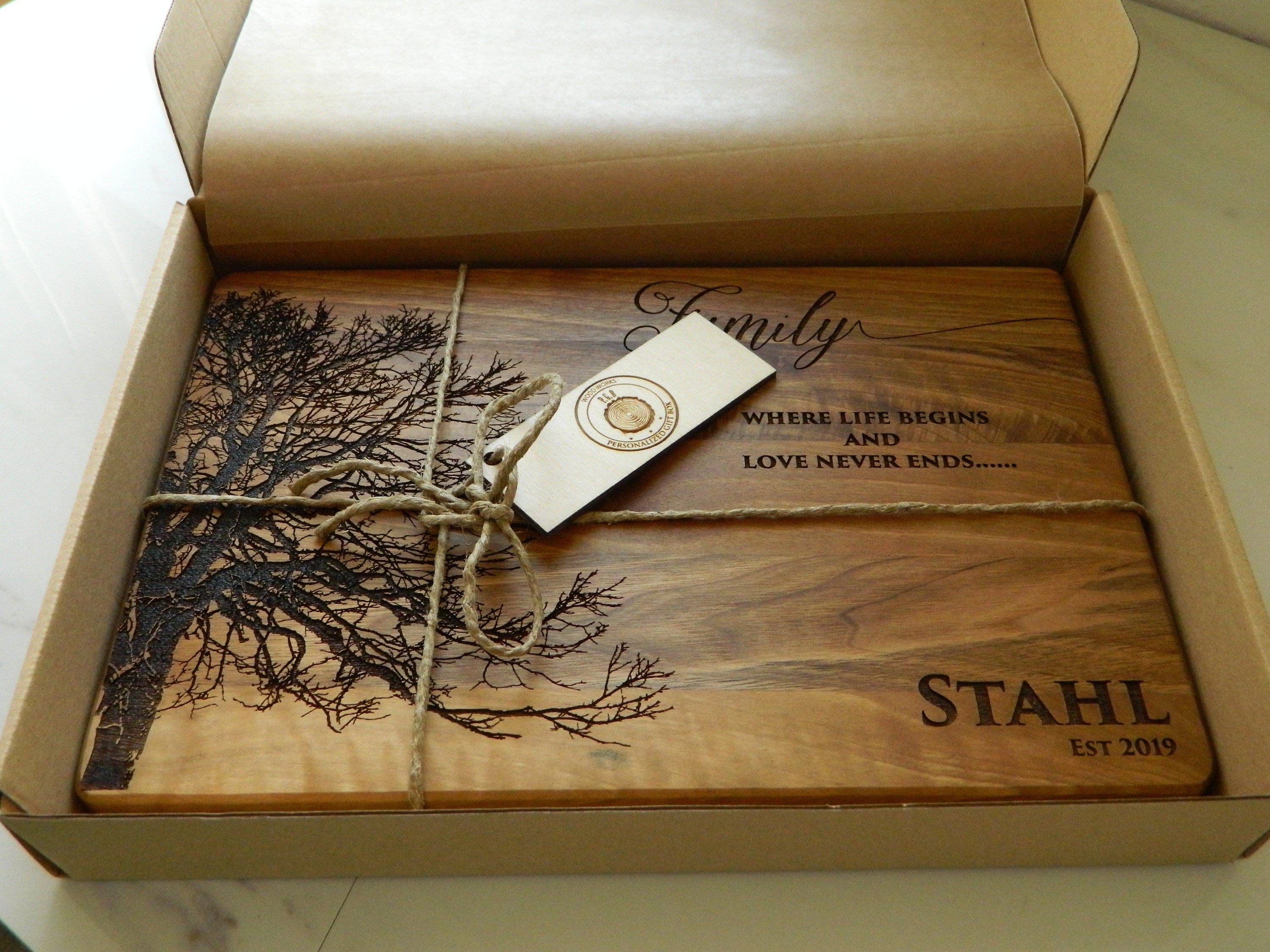
When it comes to packaging a chopping board, there are a few things you need to take into consideration. Depending on the size and weight of the chopping board, you will need to use different packaging materials and methods.
For smaller, lighter chopping boards, you can use bubble wrap or packing peanuts to cushion the board and prevent it from moving around during shipping.Place the board in a cardboard box that is slightly larger than the board itself, and fill the empty space with bubble wrap or packing peanuts. Seal the box with duct tape or packing tape, and label it with the proper shipping information. For larger, heavier chopping boards, you will need to use stronger packaging materials.
Place the board on a piece of cardboard, and surround it with foam padding. Secure the padding in place with duct tape, and then place the whole assembly in a large cardboard box. Fill any empty space in the box with more foam padding, and seal the box with duct tape or packing tape.
What is the proper way of storing cutting boards?
One of the most important items in any kitchen is the cutting board. Cutting boards provide a stable surface for chopping, slicing, and dicing fruits, vegetables, meats, and cheeses. It’s important to keep your cutting boards clean and sanitary to prevent the spread of bacteria.
Here are some tips on how to properly store your cutting boards.
Cutting boards should be stored in a cool, dry place. If possible, store them upside down on a rack to allow them to air dry.
If you’re storing them in a drawer, make sure to line the drawer with a clean towel to absorb moisture. It’s also a good idea to rotate your cutting boards so that you’re using the ones that have been stored the longest.
When it’s time to wash your cutting boards, wash them by hand with hot, soapy water.
You can also use a diluted bleach solution to disinfect them.
How do you wrap a wooden cutting board?
Step 1: Clean the Cutting Board Ensure the wooden cutting board is clean and dry before wrapping. Wipe off any food particles, grease, or moisture with a damp cloth and let it air dry completely.
Step 2: Measure and Cut the Wrapping Material Cut a piece of bubble wrap or foam padding that is large enough to cover both sides of the cutting board. You can also cut separate pieces for each side if needed.
Step 3: Wrap the Cutting Board Place the cutting board in the center of the bubble wrap or foam padding. Fold the material over one side of the cutting board, ensuring it’s fully covered. Then, fold the material over the other side, making sure the entire board is protected. If you are using two separate pieces, wrap each side individually.
Step 4: Secure the Wrapping Using packaging tape, seal the bubble wrap or foam padding around the cutting board securely. Make sure the tape is taut but not too tight, so it doesn’t damage the board’s surface.
Step 5: Add Corner Protectors (Optional) For extra protection, you can place corner protectors on each corner of the cutting board. These corner guards help reinforce the package and prevent any impacts from damaging the corners of the board.
Step 6: Place the Wrapped Cutting Board in a Box or Crate If you are shipping or storing the cutting board, place the wrapped cutting board into a sturdy cardboard box or wooden shipping crate. The box or crate should be slightly larger than the cutting board to allow space for additional protective materials.
Step 7: Add Fillers (Optional) If there is any empty space between the cutting board and the box or crate, fill it with crumpled paper, packing peanuts, or additional bubble wrap to prevent the board from shifting during transportation.
Step 8: Seal and Label the Package Close the box or crate securely with packaging tape. Label the package with “Fragile” or “Handle with Care” stickers to alert handlers about the delicate content inside.
Now your wooden cutting board is securely wrapped and ready for shipping or storage. Following these steps will help ensure your cutting board remains in excellent condition, whether it’s on its way to a new home or waiting to be used again in your kitchen.
Can you make a living selling cutting boards?
If you’re wondering whether you can make a living selling cutting boards, the answer is yes! With the right marketing strategy and a product that appeals to your target market, you can absolutely make a living selling cutting boards. The key to success is to find a niche market for your cutting boards.
There are all sorts of cutting boards out there, so it’s important to find a niche that you can focus on. For example, you could sell cutting boards that are made from sustainable materials, or that are designed for a specific type of kitchen. Once you’ve found your niche, the next step is to create a marketing strategy that will help you reach your target market.
This might include things like creating a website or blog or using social media to spread the word about your cutting boards. If you put in the hard work, there’s no reason why you can’t make a living selling cutting boards!
FAQ:
1. Q: Why is proper packaging essential when shipping a cutting board? A: Proper packaging is crucial when shipping a cutting board to ensure its protection during transit. Cutting boards are prone to damage, such as scratches, cracks, or warping, if not securely packaged. The right packaging materials safeguard the board from external forces, maintaining its pristine condition upon arrival.
2. Q: What materials do I need to package a cutting board for shipping? A: To package a cutting board for shipping, you will need sturdy cardboard boxes or wooden crates, bubble wrap or foam padding for cushioning, packaging tape, and corner protectors. These materials help create a robust packaging solution that guards the board against potential impacts during transportation.
3. Q: How do I wrap and secure the cutting board for shipping? A: Begin by wrapping the cutting board in several layers of bubble wrap or foam padding, ensuring complete coverage. Secure the wrap with packaging tape, making sure it’s taut but not overly tight. Place corner protectors on each corner of the cutting board to provide extra reinforcement and guard against impact.
4. Q: What steps can I take to prevent the cutting board from shifting inside the package? A: To prevent the cutting board from shifting during shipping, use appropriate filler materials like crumpled paper or packing peanuts to fill any gaps inside the packaging box or crate. This extra padding keeps the board in place and minimizes the risk of damage due to movement during transit.
5. Q: Are there any special considerations for the international shipping of cutting boards? A: Yes, when shipping a cutting board internationally, there are some essential considerations. Check the import regulations and customs requirements of the destination country to avoid any issues at the border. Additionally, choose a reliable shipping carrier that offers tracking and insurance options to ensure a smooth and secure delivery process. Always provide clear customs documentation and declarations for smooth customs clearance.
Conclusion
Assuming you would like a summary of the blog post titled “How to Package a Cutting Board”:
If you’re planning on selling your cutting boards, you’ll need to know how to package them. The first step is to make sure your boards are clean and dry.
Then, you’ll need to choose the right type of packaging. You can use plastic wrap, bubble wrap, or even packing peanuts. Just make sure the board is secure and won’t move around during shipping.
You’ll also want to include a note with your contact information in case the buyer has any questions.

![How To Unwarp A Plastic Cutting Board [Ultimate Guide]](https://kitchenapplince.com/wp-content/uploads/2022/08/How-to-Unwarp-Plastic-Cutting-Board.jpg)
